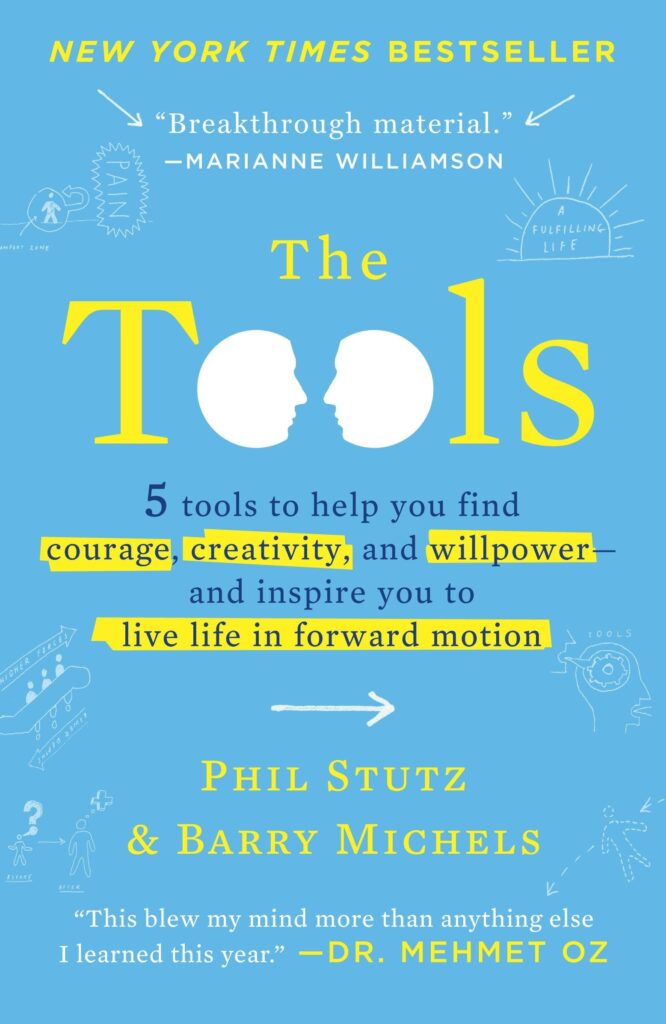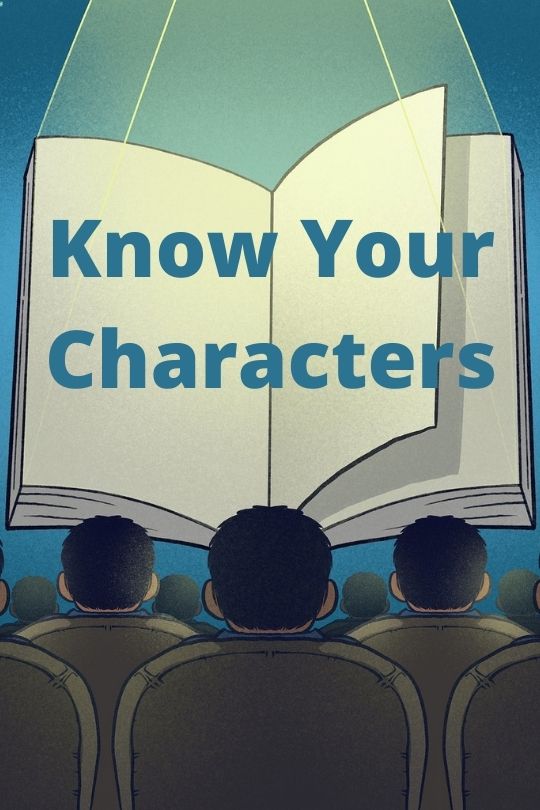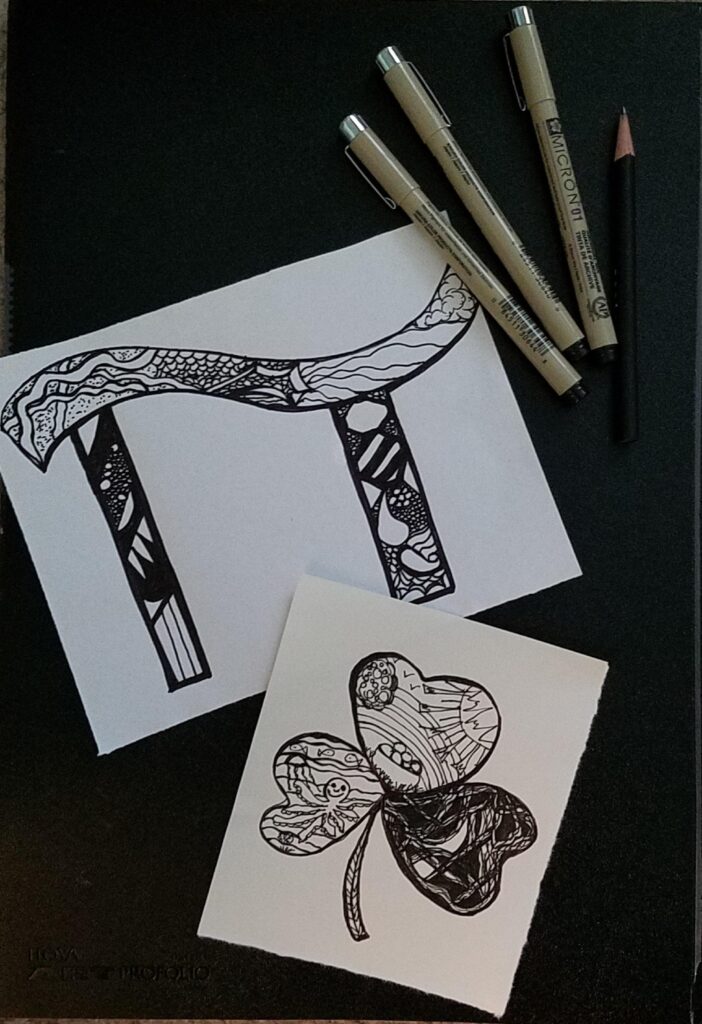by Michael Levin, Eight Time Best-Selling Author
Success leaves clues.
If you seek the tools for writing a New York Times self-help best seller, look no further than the NYT best seller, called, appropriately enough, The Tools.
Phil Stutz and Barry Michels are Los Angeles therapists who have written an outstanding book encapsulating their approach to guiding their patients to successful living.
The book is a tutorial for people who want a better life.
It’s also a tutorial on how to organize and write a great book.
So let’s take a look at the tools Stutz and Michels use that you can put to work in your book.
1. Great title.
A title ought to be what the movie industry calls “high concept” – something you grasp and connect with immediately.
Who wouldn’t want tools?
And then it’s a great title because it makes the reader ask questions: What tools? Do I have these tools? Do I need these tools? What’s going on here?
2. Solid subtitle.
A subtitle must reveal the promise or “unique selling proposition” of the book clearly and powerfully.
Here, it’s “Transform Your Problems Into Courage, Confidence, and Creativity.”
Well, who wouldn’t want that?
3. Killer blurbs.
The title sells you on reading the subtitle.
The subtitle sells you on flipping the book over in your hands to read the blurbs.
And here you have Marianne Williamson and The New Yorker endorsing the coauthors, along with one other respected author and a top Hollywood client.
That’s the kind of third-party verification that sells books.
4. Chapter one asks a knockout question.
Why can’t therapists solve problems quickly…or at all?
Great question, right?
And then we get just enough of the authors’ backgrounds to know who they are.
They’re therapists profoundly dissatisfied with the limits of traditional therapy.
They tell of the pain they felt when their clients went away without solutions…and so they came up with a new approach.
The Tools.
So you have a problem that we can relate to…authors we can relate to…and the promise of a new solution.
5. Clear organizational plan.
One tool per chapter for the next five chapters, and then a couple of chapters to wrap things up.
Within each of the five chapters describing the tools, a vignette involving a patient, an explanation of the tool, a description of how to use the tool, and other uses for the tool.
Simple and clear.
6. Out-of-the-box “case studies.”
A foul-mouthed road comic.
A young, bitchy, sharply dressed fashion entrepreneur.
A gorgeous yet almost fatally insecure actress/model, afraid that her working class background keeps her from acceptance from the well-to-do West LA soccer moms.
They may be composites as opposed to real people, but they feel so real to the reader.
You get caught up in their stories.
You relate.
Stutz and Michels raise the bar in terms of how to craft case studies.
This is essential for anyone writing a self-help book, because these compelling stories keep us riveted to our seats so we’ll actually learn how the tools work.
Authors have it hard today.
Technology has shredded the average attention span.
Bookstores are a vanishing species.
Infinite entertainment options, or just simply playing with your iPhone, compete for leisure time.
So if you’re going to succeed as an author, put down the toys and pick up the tools…specifically the tools that Stutz and Michel provide in their excellent, and excellently planned and executed, book.
And if you aren’t planning on writing a self-help book, read it anyway.
The tools you’ll gain when you read The Tools will absolutely give you a better life.
About Michael Levin
 Michael Levin has written more than 100 books, including eight national best-sellers; five that have been optioned for film or TV by Steven Soderbergh/Paramount, HBO, Disney, ABC, and others; and one that became “Model Behavior,” an ABC Sunday night Disney movie of the week.
Michael Levin has written more than 100 books, including eight national best-sellers; five that have been optioned for film or TV by Steven Soderbergh/Paramount, HBO, Disney, ABC, and others; and one that became “Model Behavior,” an ABC Sunday night Disney movie of the week.
He has co-written with Baseball Hall of Famer Dave Winfield, football broadcasting legend Pat Summerall, NBA star Doug Christie and Hollywood publicist Howard Bragman, among others.
Learn more about Levin at www.michaellevinwrites.com.






